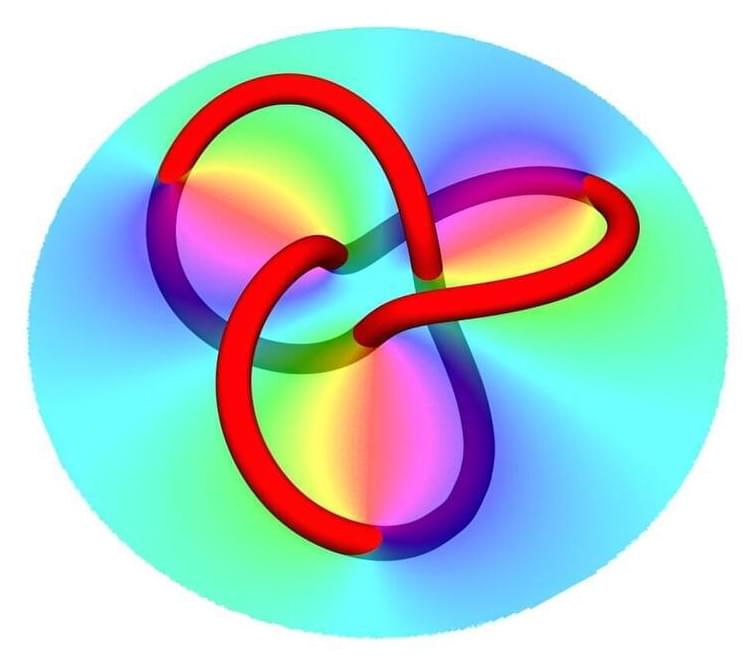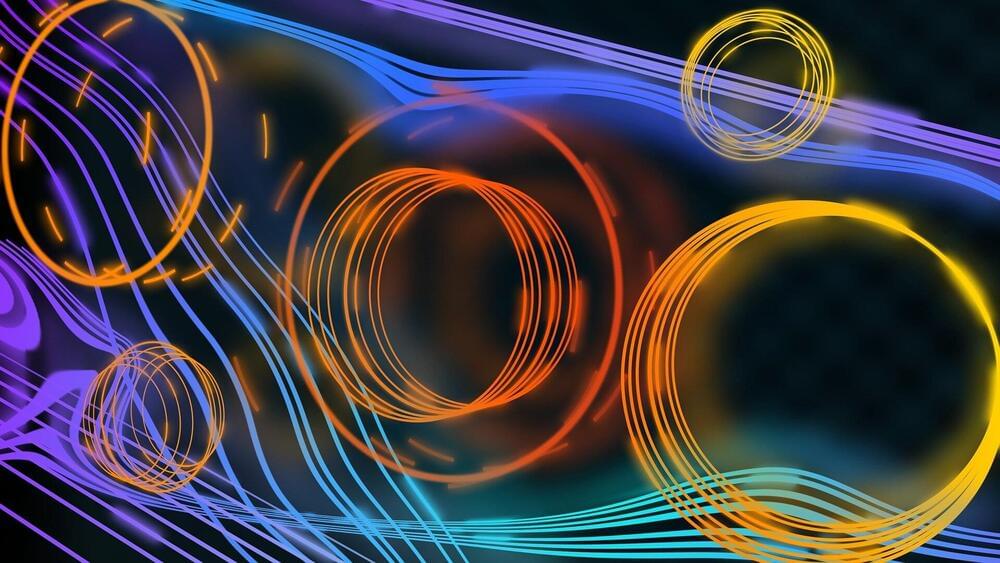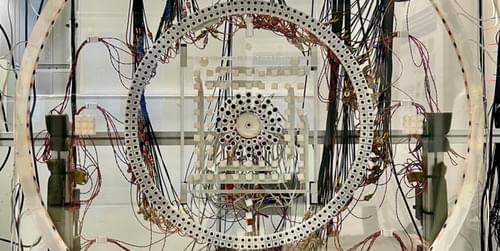A quarter century ago, physicist Juan Maldacena proposed the AdS/CFT correspondence, an intriguing holographic connection between gravity in a three-dimensional universe and quantum physics on the universe’s two-dimensional boundary. This correspondence is at this stage, even a quarter century after Maldacena’s discovery, just a conjecture.
A statement about the nature of the universe that seems to be true, but one that has not yet been proven to actually reflect the reality that we live in. And what’s more, it only has limited utility and application to the real universe.
Still, even the mere appearance of the correspondence is more than suggestive. It’s telling that there is something deeply fundamental to the hologram, that the physics of the volume of the universe might just translate to the physics on the surface, and that there is more to be learned there.






